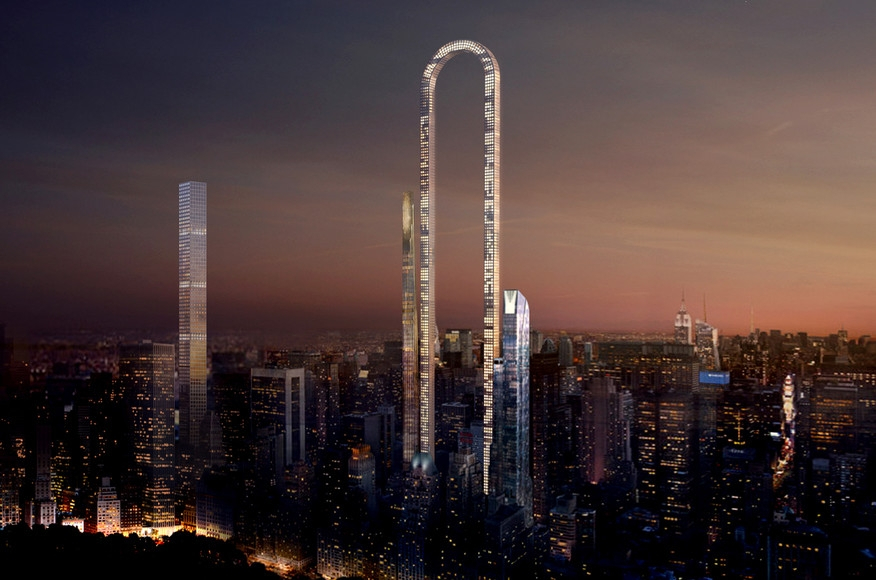Like everything, architectural history and theory have been radically realigned by the internet and digital culture. Now, ideas are passed through relatively unfiltered media, such as 140-character tweets that have turned writers’ attention from writing to spewing fragments of criticism that float off into the ether. Curation today is often merely a manic production of online content driven by clicks, which come from posting more (and more, and more) content. This makes young writers who are feeding this content beast truly starved for new things to write about. It is a dramatic shift from the days when magazines like Architectural Forum and Progressive Architecture were the curatorial gatekeepers that held the conversation at a high level.
The result is that bad ideas can come to be front and center in the architectural discussion very easily due to metrics and algorithms. What passes for “radical,” “idea,” “theory,” and “concept” today is becoming eroded as quickly as our political discourse.

